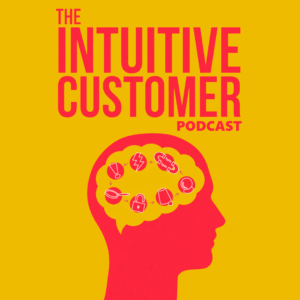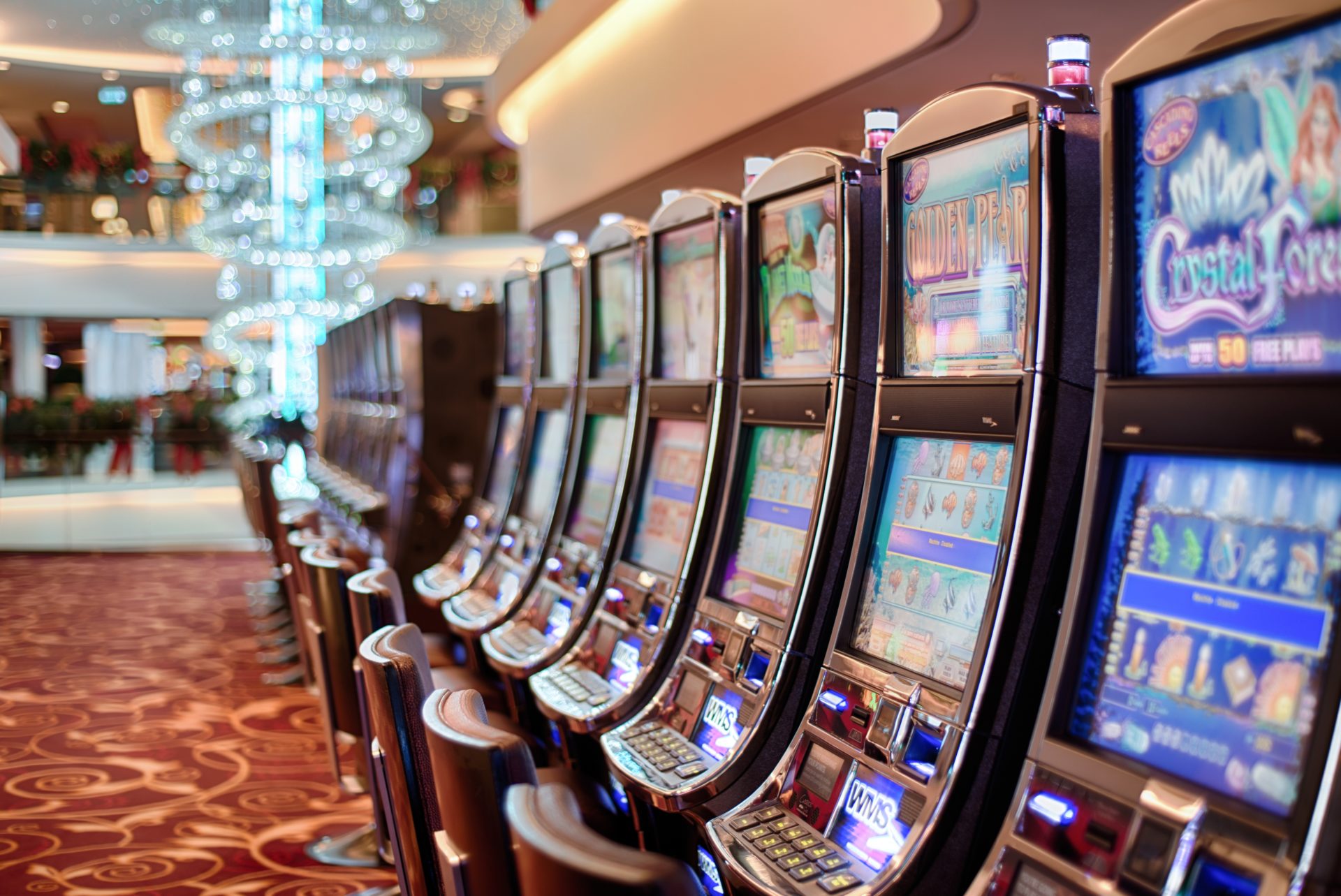Uncertainty influences a lot of our customer behavior. We buy products to reduce the risk in our lives, like insurance. Insurance buys us peace of mind if something bad happens to us or our property. We also buy lottery tickets because, well, someone has to win, right?
The fact is we are not fantastic and predicting the likelihood of unlikely events in our lives. We prepare for what we see is inevitable and put our hopes in the most unlikely of positive outcomes. This behavior is how we react to uncertainty.
We discussed some of the psychological theories behind our need to placate uncertainty as customers in a recent podcast. In psychology and human behavior there exist many different approaches to thinking about risk. One of the most worthwhile for us to talk about is Prospect Theory and its implications for customer behavior.
Prospect Theory and Why We Fixate on the Extremes
Prospect Theory was part of a Nobel-Prize-winning idea published in the 1970s by the team of Professor Daniel Kahneman and Amos Tversky and explains how we make decisions when we perceive there is risk or uncertainty. Prospect Theory is made up of a couple of essential idea areas, the Value Curve, and Probability Estimation.
The Value Curve addresses how people evaluate things subjectively. This part of Prospect Theory deals with Loss Aversion (how we hate losing more than we like to win) and Diminishing Marginal Returns (we are highly sensitive to changes in the status quo) and Reference Point (or our standard for evaluating things) effects, a couple of subjects I have written about in the past.
The second part is Probability Estimation. Probability Estimation describes how likely we think something is to happen. Probability Estimation and our feelings of uncertainty are linked and drive our behavior as customers more than we probably think.
Probability Estimation is why people tend to overestimate the likelihood of improbable events and underestimate the possibility of events that could happen. For example, one of my team members hates flying because she worries she is unsafe in an airplane. However, it is doubtful that she will ever be in an airplane crash. It is far more likely that she will be in a car crash on the way to the airport. (This fact provides little comfort to her by the way; now she is a wreck for the entirety of the travel day.)
However, it isn’t just her. We all worry about implausible events. There is a phrase I love about this: “I’ve had many crises in my life, but few have actually happened.”
It Isn’t Just Doom and Gloom Though…
We don’t always fixate on the negative. Sometimes we are over-optimistic, too. For a variety of reasons, we tend to overemphasize the extremes in both directions. It’s a little like this clip from Dumb and Dumber:
We often take Lloyd’s mindset here when assessing the likelihood of events on the extreme ends of the probability spectrum, meaning bad things and good things. Estimation Probability is why we buy Powerball tickets. We know our chances of winning are small, close to zero in fact. However, we purchase Powerball tickets because we are all Lloyd, i.e., we think “So, you’re saying there’s a chance we could win Powerball.”
Uncertainty Leads to Mental Shortcuts
To overcome uncertainty, people will use shortcuts in determining the likelihood of an outcome. An example is the Availability Heuristic.
The Availability Heuristic explains how we can “jump to conclusions.” When we can think of several examples of something occurring, we believe that our easy recall is evidence of its impending frequency.
Our use of the Availability Heuristic explains how we understand risk. In other words, we estimate the likelihood of something based on how easy it is to remember examples of it.
My colleague Professor Ryan Hamilton of Emory University and my co-author and co-host for The Intuitive Customer used to be afraid of shark attacks. It seems reasonable until you learn he lived in Ohio.
So, even though he didn’t swim in the ocean, he was sure a shark was going to get him. He describes being afraid to swim too deep in the public pool with his eyes closed because, you know, sharks.
It’s funny when you think about it, but we all do this. Consider some of our other “irrational” fears:
- Someone (or something) grabbing our ankle when we step out of bed in the dark
- Renting an apartment on the 13th floor of a building
- Walking under a ladder
- Buying technology during Mercury Retrograde or on Friday the 13th
- Breaking a mirror and getting seven years bad luck
With the Availability Heuristic, we often overestimate the likelihood of extraordinary things for good or ill. You have probably seen the meme on social media or heard John Mulaney’s joke about the surprising non-issue quicksand presents in adulthood:

How to Design for Uncertainty in Your CX
So, what does that mean for your Customer Experience?
We share a fundamental desire to know what is happening next and want to predict things. It makes us feel safe and prepared. Communicating these things is paramount for your Customer Experience.
Covering uncertainty is a significant area for Customer Experience. One essential takeaway should be that in situations where you are communicating with your customer, you should inject certainty into that experience.
Examples could be confirming the reservation, verbally and in written form, Another example of communicating certainty is sharing the information that a passenger’s flight is on time. For an online purchase, you could send the tracking information for the shipment. When dealing with a customer complaint, it could be detailing the next steps for the process.
Another takeaway is that it is essential to be consistent in your Customer Experience. Customers like to feel like they know what they are getting. It’s the reason that when you go on a trip overseas, you want to go to McDonald’s after a few days. You have been immersed in another culture that is different and hard to predict, so you want to eat at McDonald’s because you know what they’re going to get. It is comforting and makes everything feel more stable.
A third takeaway is the Probability Estimation effect cuts both ways. There is a pessimism bias that happens around unlikely events. There’s also an optimism bias that happens around unlikely positive events, where we might overestimate our likelihood of something good happening.
Understanding Probability Estimation is essential in your Customer Experience, even when it seems ridiculous. In other words, don’t try to fight it. Logic isn’t ruling the decisions here. Sure, it can be frustrating when your customers are behaving the way you don’t like over something that isn’t going to happen, but it doesn’t matter. Perception is reality here.
Finally, it is essential to know if your Customer Experience is evoking emotions associated with our reaction to risk and uncertainty. Emotions that people feel during your experience influence their behavior. In other words, how customers feel can either make them do what you want (buy things, form loyalty, recommend you to their friends and family) or things you don’t (not buy anything, leave and never return, and pan you on social media). We call this driving or destroying value.
In our global Customer Experience Consultancy, we use our Emotional Signature® Research to determine what emotions your Customer Experience evokes, and whether they are driving or destroying value for your organization. Knowing how your customers feel about uncertainty in your experience is a significant part of your strategy to build customer loyalty, you can be certain of that.
Loss Aversion and Estimation Probability are two concepts that we all should embrace about customer behavior in our Customer Experience design. We value the ability to feel like the world is less chaotic and we have more control over things. Moreover, we will pay a premium for certainty because we value it.
Your job is to understand all the areas of potential uncertainty inherent in your Customer Experience and alleviate that uncertainty for customers at the moment through communication.
And it wouldn’t hurt to give them a free Powerball ticket while you are at it. After all, we are saying there is a chance…
To hear more about managing uncertainty in your CX in more detail, listen to the complete podcast here.
If you want to benchmark your organization’s performance in the new world of behavioral economics against other companies, take our short questionnaire. Once you submit, we compare your answers against what we know about the market and send you a free personalized report about where your organization is today.
 Hear the rest of the conversation on “Are You Managing This Key Driver of Poor Experience?” on The Intuitive Customer Podcast. These informative podcasts are designed to expand on the psychological ideas behind understanding customer behavior. To listen in, please click here.
Hear the rest of the conversation on “Are You Managing This Key Driver of Poor Experience?” on The Intuitive Customer Podcast. These informative podcasts are designed to expand on the psychological ideas behind understanding customer behavior. To listen in, please click here.
If you enjoyed this post, you might be interested in the following blogs and podcasts:
How Do Customers Decide If Their Experience is Good or Bad? [Podcast]
How We Make Decisions—Prospect Theory
Why Customers Make Strange Decisions
Colin Shaw is the founder and CEO of Beyond Philosophy, one of the world’s leading Customer experience consultancy & training organizations. Colin is an international author of six bestselling books and an engaging keynote speaker.
Follow Colin Shaw on Twitter @ColinShaw_CX


